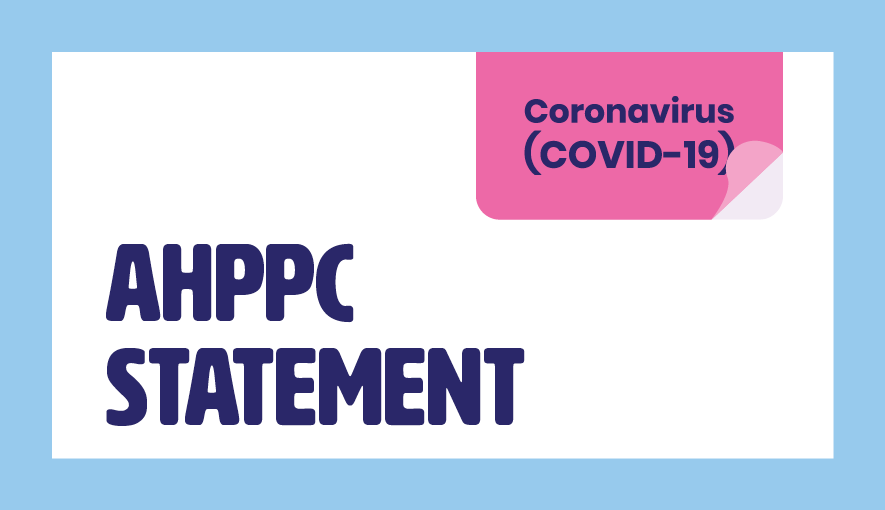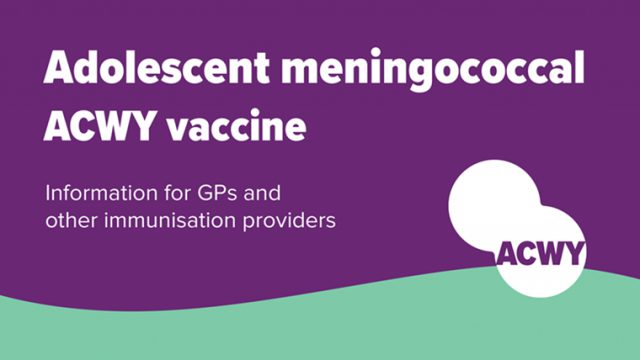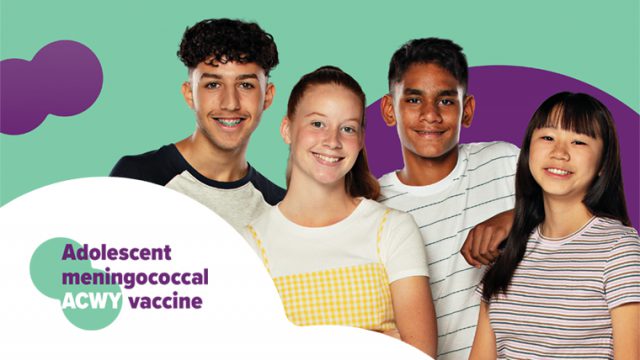Date published:
16 April 2020
Intended audience:
General public
The Next Phase of Modelling, ‘Nowcasting’
The next phase of modelling has begun; ‘nowcasting’. Nowcasting is the concept of using data from the previous 14 days to more accurately understand the present state of the epidemic, given the known time from infection to illness and imperfect case finding. From this point, model ‘forecasts’ can be projected to estimate what the next fortnight will bring based on the current rate of epidemic growth.
In this statement, we look at new modelling being conducted, applying methods developed by the London School of Hygiene and Tropical Medicine. One method assesses the symptomatic case detection rate, based on the observed case fatality rate. The other estimates the effective reproductive numbers (Reff), accounting for the presence of both imported cases and local transmission. Both methods are applied to individual states and territories in Australia.
The results help us to define the effectiveness of current public health interventions to reduce COVID-19 transmission and will help shape future decisions on response strategies.
It is estimated that overall, Australia is currently detecting approximately 92% of all symptomatic cases, with each state and territory individually detecting over 80% (see Figures 1 and 2). This proportion will be influenced by the current case definition and testing recommendations, and is likely to change as the pandemic evolves.
For COVID-19 suppression strategies to be effective, Reff must be less than one. R0 (the basic reproductive number) is the number of people a single case infects on average, assuming the whole population is susceptible and we don’t do anything. For COVID-19, this is estimated to be 2.53. Reff is the number of people a single case infects on average in a population with some immunity and/or the presence of public health strategies (such as social distancing, quarantine and non-essential closures). Reff changes over time, and the lower it is, the more effective the introduced public health strategies have been.
Currently, the results look very encouraging, with all states and territories likely to have achieved an Reff less than one as at 29 March 2020. These estimates are more uncertain for jurisdictions reporting very few cases (eg Tasmania), and should be interpreted with caution on this basis. Overall, it appears our current intervention strategies are suppressing transmission. This is so even when modelling accounts for ‘worst case scenarios’, for example:
- cases under investigation are attributed to local transmission, rather than imports (analysis 1 and analysis 3).
- local transmission infectiousness may be greater than imported (as imported cases are under strict quarantine provisions). Figures 4 and 5 illustrate scenarios where local transmission infectiousness is the same, three times more, and five times more than imported cases (analysis 2 and analysis 3).
While the current results are reassuring, ‘nowcasting’ will continue, with the expectation that the rate of epidemic growth in Australia will change over time as public health measures are tightened or reduced. These models will be important in informing the effectiveness of interventions and will be integral in shaping Australia’s response strategies as the pandemic evolves.
For now, it is important that Australians remain vigilant in practising social distancing measures to protect vulnerable people, to continue to ‘flatten the curve’ and ultimately to help save lives.
Read our presentation on Modelling the current impact of COVID-19 in Australia.
Read previous statements from the AHPPC



